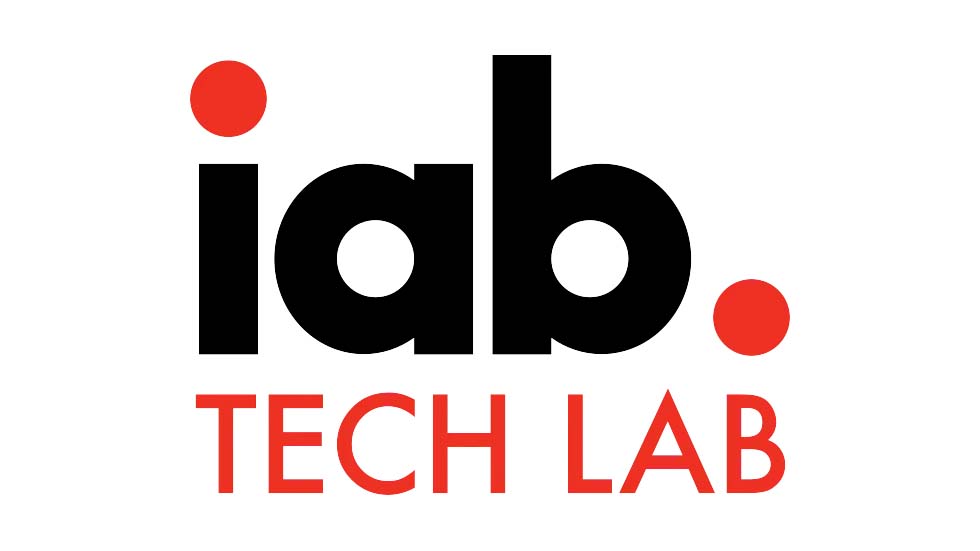Integrating technologies
Andy Fisher, president of Cox Television, has a simple message for technology vendors: Open your systems, let them exchange data freely, and jettison any tendency to depend on proprietary technology that hinders the creation of harmonious, transparent workflows.
Fisher, who presented a keynote speech at the News Technology Summit produced by Broadcast Engineering and Broadcasting & Cable magazines Sept. 24-25 in Dallas, says the realities of today's television business preclude stations from accepting anything less.
“When you are betting entire enterprises on these multimillion dollar systems, it is just the height of frustration to have these glitches occur,” he says. “The day is past when everything can be proprietary, because simply put, no machine is an island. There is something intrinsically paradoxical for equipment manufacturers to offer an item that has to sit in a workflow but then use proprietary linkages to do so. That's crazy.”
While acknowledging that vendors have offered stations technologies that have improved workflows and created efficiencies in many forms, small and medium-sized stations too often are required to live with levels of integration among various pieces of technology that are unacceptable, he says.
“Good people are taking expensive pieces of equipment and still having problems getting them to talk with each other,” Fisher explains. “It's one thing if you are doing this at home trying to get your wireless network to work. It's another thing if you just spent $3 million and are asking good people to try to put on a fine broadcast and have lots of machines that don't seem to talk the same language.”
The day of accepting technology-related glitches, especially those that could be prevented by open communications, has come and gone. Even among the general public, patience is wearing thin with technology snafus.
“You don't have to look much farther than the Macintosh-Microsoft ad campaign to realize that frustration with technology that doesn't work is very much a part of public consciousness,” he says.
The professional video industry's #1 source for news, trends and product and tech information. Sign up below.
In this respect, the television viewing public and television professionals share a common frustration when technology fails.
“The viewer just wants to push a button on the television and see a newscast,” Fisher explains. “He does not want to push a button on the television and see a newscast where video doesn't work or where it's: ‘Just a moment, we are rebooting.’ That is the same level of frustration to the viewer that the operator feels when he writes a multimillion dollar check, and he gets machines that are talking different dialects.”
That frustration also has contributed to unwillingness on the part of many TV professionals, including Fisher, to be technology pioneers who must grapple with the inevitable hiccups and headaches that accompany owning Serial No. 001 of any technology.
“The first adopters deserve our praise and our condolences,” Fisher says. “While the magazines often feature those who are in magnificent, sparkling engineering centers or edifices, there is something to be said for being among those in the second wave after the first wave of technology adopters has fixed the bugs for you.”
Yet, even after waiting to be part of the second wave, several years ago Fisher found his station at the time had a surprising amount of difficulties with machines not talking to one another.
However, he holds out hope that the worst may be behind the industry as it makes its transition to file-based workflows. The Broadcast Exchange Format (BXF), Material Exchange Format (MXF) and MOS offer reason to be optimistic.
“I see the current opportunity that is beginning to develop as one that is extremely positive,” he says. “However, all of the vendors must recognize the critical importance of their various technologies truly integrating — not just in their advertisements, but also in the field.”
